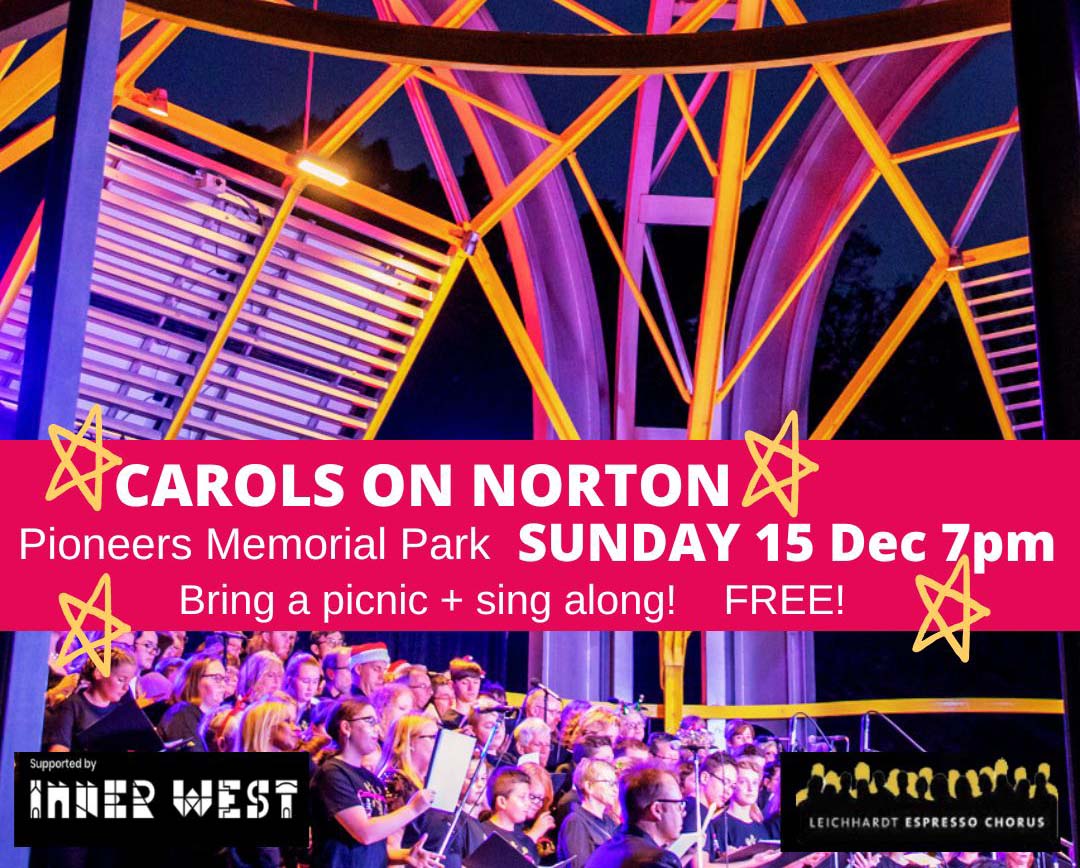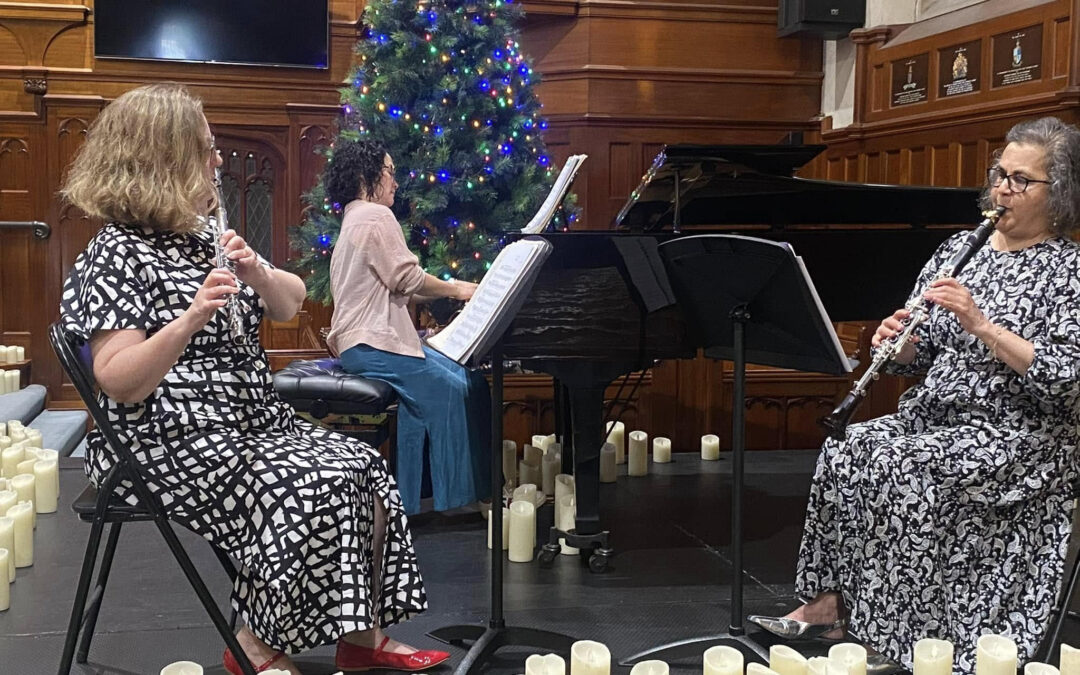This latest release from the Academy of Ancient Music continues their established tradition of:
“great music performed with conviction and passion”
Rather than the birth of the symphony it should perhaps be called the gestation of the symphony, or if that is a bit too clinical then perhaps the ‘early years’ of the symphony might be a more accurate description.
It’s clear that the sinfonico was a form that existed for some time before the baroque period during which it grew to maturity as a stand-alone form, rather then being simply the fill in between other pieces in either opera or concert.
The recording covers the development of the symphonic form as envisioned by a several of the main practitioners at the time, over the period of around 30 years between 1738-68.
The CD opens with George Fridrich Handel’s Sinfonia from Saul (1738), the oratorio which paints a portrait taken from the First Book of Samuel of the first king of Israel and the rise of his successor, David, and the defeat and death in battle of both Saul and his son and heir Jonathon.
The work is considered the birth of the English oratorio, a genre Handel was to make his own with perhaps his most well known being The Messiah.
Handel is followed by the Grande simphonie No.7 in C major (c.1740) by Franz Xaver Richter, one of the early Mannheim School composers raised in the tradition of Johann Fux’s Gradus ad Parnassum – which outlined the strict methodology of ‘species counterpoint’ – through which a student would compose differing melodies that counterpointed one another, such that a series of voices playing songs quite different from each other would nonetheless sound harmonious (polyphonically) when played simultaneously.
The Mannheim School generally and Richter more specifically formed something of a bridge between the earlier symphonic works of Handel and those of later composers such as Beethoven and others composing in the Viennese style later in the century.
He is perhaps best known as a contrapuntist and church music composer, so it is hardly surprising that he is best remembered for the latter part of his career at Strasbourg cathedral, where his style was perhaps better suited than at the Mannheim court.
Johann Stamitz, another of the Mannheim School, is perhaps best known for popularising the four movement structure of a symphony. While not the first to produce a four movement work, he was the first to do so consistently. His Sinfonia a 4 in D major (c.1750) demonstrates the avant-garde nature of court composition in Mannheim in the mid-18th Century, with the contrasting of soft and slow with hard and fast, often in the same movement.
What is also known about the Mannheim school, and especially of its ‘crack’ orchestra, consisting of the best performers of the day, is the professionalism that was developing, with a unanimity of purpose that saw notes, bowing and keystops consistent between numerous performers, thus presenting what might have been called a ‘wall of sound’, had it appeared two centuries later.
The precocious and prodigiously talented Wolfgang Amadeus Mozart needs no introduction to modern musical scholars. This first symphonic work composed without the assistance of his father was written at the age of eight, and demonstrates the key aspects of Mozart’s style that he would later bring to much better known works.
In the andante, conductor Richard Egarr refers to the violin’s theme as being akin to a ‘60’s rock ballad’, counterpointed by the ‘hairy bad guy’ inhabiting the double-bass back note, the two combining harmoniously and melodically in what is becoming by this point the symphony’s typical style.
Franz Joseph Haydn, whose early musical career began as a choir boy in Vienna, had as early influences the text of Fux and the work of Carl Phillip Emmanual Bach, and who became a good friend to Mozart and a teacher of Ludwig von Beethoven, provides a fitting finale to this ‘birth’ of the symphony with his Symphony No.49 in F minor “La passione” (1768).
The work, produced for the Esterhazy family during his 30 year tenure as their Kapellmeister and head of their private in-house orchestra, is typical of works composed at this time, being designed to entertain the Prince Esterhazy and his revenue of courtiers, which explains why much of Haydn’s music is light-hearted and even uplifting.
Often referred to as the ‘father of the symphony’, becoming famous after his London concerts later in the century, this early symphony could thus be called a ‘young’ work, but one in which the maturity of Haydn’s expression is already evident.
What is perhaps most interesting about this recording is the nature of its performers, being the ‘crack troops’ of the older instrument brigade – the premiere practitioners of the instruments as used by performers of the original works at the time.
This principal feature of the AAM allows the listener to hear the works as they were intended by the composer, often providing a more subtle interpretation than some of the more robust offerings by later orchestras using modern instruments.
But as an introduction to the early development of the symphonic form, and especially presented in early works by the star composers of the period, the selected works provide an insight into the way in which the symphony – and symphony orchestra – as we know it today first began to be formed.
Performed with the passion and zeal of these evangelists of older instruments – the ‘rock’ stars’ of the ancient music world – to borrow composer Richard Egarr’s analogy, the individual works are worthy of listening to for their own sake, and not simply as part of a progression of the development of the classical symphony.
Tracklisting
- GF HANDEL Sinfonia from Saul (1738)
- FX RICHTER Grande simphonie No.7 in C major (c.1740)
- JWA STAMITZ Sinfonia a 4 in D major (c.1750)
- WA MOZART Symphony No.1 in E flat major (1764)
- J HAYDN Symphony No.49 in F minor “La passione” (1768)




























